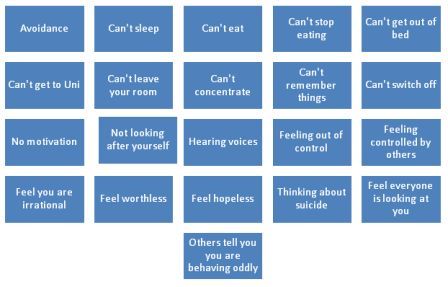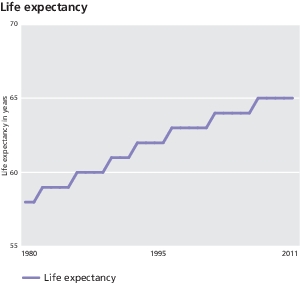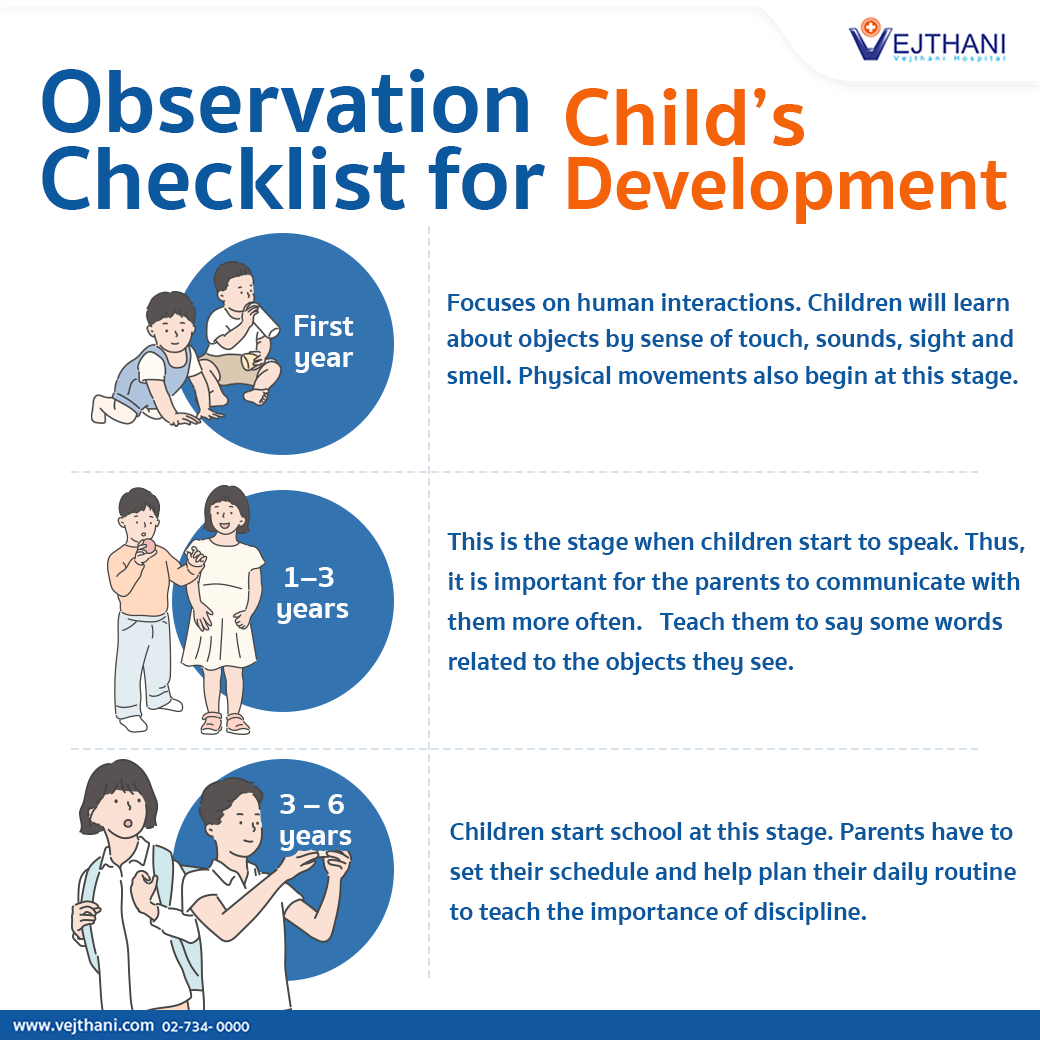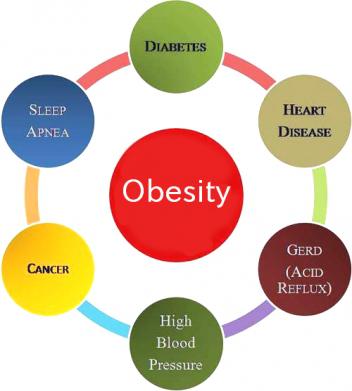Exploring Drip Bars and IV Bars in Las Vegas
In recent years, the health and wellness industry has seen a surge in the popularity of drip bars and IV bars. These facilities offer intravenous (IV) therapy, providing a range of health benefits, from hydration to vitamin supplementation. Las Vegas, known for its vibrant nightlife and fast-paced lifestyle, is home to numerous drip bars and IV bars catering to locals and tourists alike.
What is a Drip Bar and an IV Bar?
Drip bars and IV bars are specialized wellness centers where clients receive intravenous infusions of vitamins, minerals, antioxidants, and other beneficial compounds. The primary goal is to deliver these nutrients directly into the bloodstream for maximum absorption and efficacy.
Key Services Offered
- Hydration Therapy
- Rehydration: Ideal for combating dehydration from intense physical activity, travel, or hangovers.
- Electrolyte Balancing: Helps restore electrolyte levels, essential for proper body function.
- Vitamin and Nutrient Infusions
- Vitamin C: Boosts the immune system and promotes overall health.
- B Vitamins: Supports energy production and cognitive function.
- Glutathione: A powerful antioxidant that detoxifies the body and promotes skin health.
- Wellness and Recovery
- Hangover Relief: Combines hydration, vitamins, and anti-nausea medications to alleviate hangover symptoms.
- Athletic Recovery: Infusions designed to speed up recovery time and enhance performance.
- Immune Support: Blends of vitamins and minerals to boost the immune system, especially during cold and flu season.
- Beauty and Anti-Aging
- Skin Brightening: Infusions that promote healthy, glowing skin.
- Anti-Aging: Nutrients that support collagen production and skin elasticity.
Benefits of Visiting a Drip Bar or IV Bar in Las Vegas
Las Vegas’ unique environment makes drip bars and IV bars particularly beneficial for both residents and visitors. Here are some of the key advantages:
- Rapid Hydration
Given the desert climate of Las Vegas, staying hydrated is crucial. IV therapy provides rapid rehydration, which is particularly beneficial after long flights, outdoor activities, or a night out.
- Enhanced Absorption
IV therapy ensures that vitamins and minerals are absorbed directly into the bloodstream, bypassing the digestive system. This method guarantees maximum absorption and immediate benefits.
- Quick Recovery
Whether recovering from a hangover or an intense workout, IV therapy can expedite the recovery process. Tailored infusions can help alleviate symptoms quickly, getting you back to enjoying your activities.
- Boosted Immunity
IV bars offer immune-boosting infusions that are perfect for warding off illnesses, especially after long flights or during stressful periods.
- Convenience and Comfort
Most drip bars and IV bars in Las Vegas provide a comfortable, spa-like environment. Many offer additional services such as massage chairs, private rooms, and personalized consultations.
What to Expect During a Visit
Visiting a drip bar or IV bar in Las Vegas is typically a straightforward and relaxing experience. Here’s what you can expect:
- Consultation
Your visit will usually start with a brief consultation to assess your health needs and goals. This may include discussing your medical history, current symptoms, and desired outcomes.
- Personalized Treatment Plan
Based on the consultation, a customized IV therapy plan will be created. This plan …



























 Batpig, BatEars, Frog canine, Frenchie are simply some of the comical names which were bestowed upon this cute, harmless and ever loyal little bulldog. The ‘stigma’ is that folks have things separated in their heads, that there are folks with mental health issues and other people with out. As for the hospitals and health clinics that do exist, many of them require extra funding and drastic improvements.
Batpig, BatEars, Frog canine, Frenchie are simply some of the comical names which were bestowed upon this cute, harmless and ever loyal little bulldog. The ‘stigma’ is that folks have things separated in their heads, that there are folks with mental health issues and other people with out. As for the hospitals and health clinics that do exist, many of them require extra funding and drastic improvements.

 The brand new Veterans Alternative Program , which permits eligible veterans to see non-VA doctors nearer to house. As you age, your mouth tends to turn out to be dryer and cavities are tougher to stop, so proper oral health care, together with regular dental checkups, needs to be a senior healthcare priority, Dr. Wei mentioned. The comprehensive plan addresses issue of funding, analysis, access to care, and supplier training whereas growing collaborative efforts to be a voice of 1 in driving further adjustments (U.S. Division of Health and Human Providers, 2011). I should not have health insurance coverage, nor did I want to send my data far and wide and continue to get the identical response. Melissa is good on your each day stress stage and wonderful for sleeping downside.
The brand new Veterans Alternative Program , which permits eligible veterans to see non-VA doctors nearer to house. As you age, your mouth tends to turn out to be dryer and cavities are tougher to stop, so proper oral health care, together with regular dental checkups, needs to be a senior healthcare priority, Dr. Wei mentioned. The comprehensive plan addresses issue of funding, analysis, access to care, and supplier training whereas growing collaborative efforts to be a voice of 1 in driving further adjustments (U.S. Division of Health and Human Providers, 2011). I should not have health insurance coverage, nor did I want to send my data far and wide and continue to get the identical response. Melissa is good on your each day stress stage and wonderful for sleeping downside.



 The Iowa Division of Public Health works to guard and promote the health and security of Iowans from infectious ailments by disease surveillance; investigation of acute outbreaks; schooling and session to county, local, and private health businesses on infectious diseases; immunization and vaccine tips; remedy after animal bites; and vaccines for worldwide journey. Higher idea: name a neighborhood mental health hotline, or, if obtainable along with your medical plan, an advice nurse. Study more about client participation and the ways we support consumers and health workers. This is not not like humans who can also have bad breath for causes circuitously associated to the health of their enamel and gums. Consuming badly has at all times had a disastrous effect on health on a long term basis.
The Iowa Division of Public Health works to guard and promote the health and security of Iowans from infectious ailments by disease surveillance; investigation of acute outbreaks; schooling and session to county, local, and private health businesses on infectious diseases; immunization and vaccine tips; remedy after animal bites; and vaccines for worldwide journey. Higher idea: name a neighborhood mental health hotline, or, if obtainable along with your medical plan, an advice nurse. Study more about client participation and the ways we support consumers and health workers. This is not not like humans who can also have bad breath for causes circuitously associated to the health of their enamel and gums. Consuming badly has at all times had a disastrous effect on health on a long term basis.
 …
…











 Psychological or psychological abuse is an issue that occurs generally in lots of relationships but the victims of this sort of abuse seldom understand what it actually is that is being completed to them. Beef, like sugar, is another vivid example of utilizing assets wastefully, degrading the atmosphere, contributing to hunger, poor health and more. Hip and spine points – In Australia breeders have their breeding inventory hips and spine X rayed by a veterinarian who then sends the X-rays off for scoring by a specialist. Please seek the advice of your doctor, or health care provider earlier than taking any dwelling treatments or supplements or embarking on a brand new health regime. Munchausen syndrome can occur within the mental health care service, however is more often seen first within the medical setting as an attention looking for position. Regular progress reports outline motion on B.C.’s public health emergency, identifying achievements up to now and subsequent steps underway. The prevalence of health issues within the U.S. is clear in the healthcare spending.
Psychological or psychological abuse is an issue that occurs generally in lots of relationships but the victims of this sort of abuse seldom understand what it actually is that is being completed to them. Beef, like sugar, is another vivid example of utilizing assets wastefully, degrading the atmosphere, contributing to hunger, poor health and more. Hip and spine points – In Australia breeders have their breeding inventory hips and spine X rayed by a veterinarian who then sends the X-rays off for scoring by a specialist. Please seek the advice of your doctor, or health care provider earlier than taking any dwelling treatments or supplements or embarking on a brand new health regime. Munchausen syndrome can occur within the mental health care service, however is more often seen first within the medical setting as an attention looking for position. Regular progress reports outline motion on B.C.’s public health emergency, identifying achievements up to now and subsequent steps underway. The prevalence of health issues within the U.S. is clear in the healthcare spending.
 …
…





